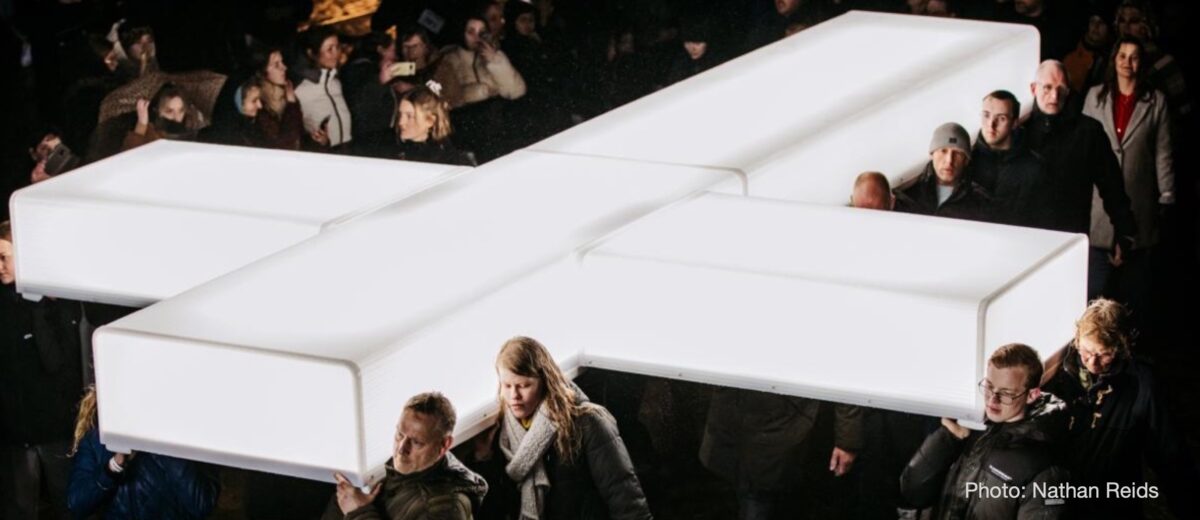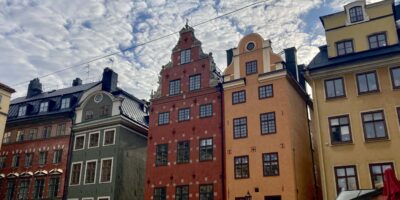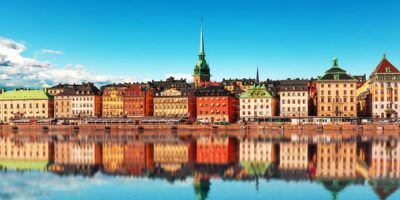Imagine a military cemetery with rows and rows of little white electric chairs marking the graves of the fallen.
Or hospitals and pharmacies displaying neon-lit electric chairs to welcome those seeking medical relief and healing.
Or first-aid stations and ambulances embellished with large emblems of electric chairs.
Or bodies tattooed with electric chairs and necks festooned with little gold electric chairs on chains.
Or flags of nations like Switzerland, Malta, Georgia, England, Scotland, Norway, Finland, Sweden, Denmark and Iceland, each proudly flapping in the wind with their symbols of electric chairs.
Or church spires topped with electric chairs…!
Absurd and surreal of course.
Yet we have become so familiar with the image of the cross we forget what a horrific, cruel and feared instrument of torture and death it was in the hands of the Romans.
We have domesticated, decorated, even beautified an inhumane means of humiliating, dehumanising and breaking those who found themselves on the wrong side of power.
The word ‘excruciating’ conjures up the sense of torment associated with agonising pain, but we forget its derivation from the Latin verb excruciare (based on crux, cruc- ‘a cross’).
So how did an inhumane instrument of torture and death become associated with graveyards, hospitals, churches, and national flags?
That’s what we commemorate this week (in Western Europe) and next week (in Eastern Europe): the death – and resurrection – of one man one weekend two thousand years ago in the fringe Roman province of Palestine.
That event changed everything! It became the hinge moment of human history. Of cosmic history. It was the turning point in God’s redemptive plan.
Paradox of Europe
That story is by far the most influential factor in shaping Europe’s past. Its acceptance across the whole continent is what shaped Europe in the first place. From Armenia to Ireland, Greece to Finland, people group after people group embraced the story of Jesus’ death and resurrection. The cross became a symbol of healing, hope and resurrection for Europeans from east to west. Over time it was used to signify hospitals and other medical facilities, for ‘by his stripes we are healed’. Empty crosses over graves pointed to the hope of the resurrection. Crucifixes depicting the lifeless Christ captured that supreme moment in history when ‘Christ died for our sins’. The identity of many nations became unashamably linked with the Jesus story, so crosses appeared on national flags from Georgia to Iceland.
The rejection of that same story over the past two centuries has produced the paradox of Europe as the ‘continent’ most shaped by both the acceptance and spurning of that story. Yet it remains indelibly imbedded in European consciousness and culture, as testified by the ubiquity of the cross symbol.
The Jesus story remains the watermark of Europe’s history. Efforts to ignore or suppress it in favour of the myth of Europa, the Phoenician princess abducted by Zeus disguised as a bull, fade in comparison to the Easter story. Europa’s seduction has never produced the enduring art and music inspired by the Jesus story. The world famous cellist Pablo Casals, once asked if Bach’s St Matthew’s Passion – telling the story of Christ’s death – was the greatest work in music history, answered, ‘I agree a thousand times over’.
Scandalous reality
Despite widespread secularisation, the story still compels attention. Last Thursday evening, 2.5 million Dutch people – churched and unchurched – watched the live musical production The Passion on television. This contemporary rendition of the betrayal, crucifixion and resurrection of Jesus is enacted annually during Easter week in a different Dutch city. Well-known singers, actors and public personalities – believers and doubters alike – consider themselves greatly honoured to be chosen for roles in the production which weaves contemporary songs into a biblical narrative. Across the country, groups gathered in over 200 churches, school and community centres to watch the musical together. This year, set in the Frisian fishing harbour of Harlingen, the theme was ‘Lean on me’, based on Bill Wither’s 1972 hit, offering a message of hope to the lonesome in an increasingly individualistic society. In a symbolic resurrection, Jesus appeared at the climax on top of the lighthouse which has guided countless ships safely into the entrance of the harbour.
The Passion however did not match the scandalous reality of the messiah pinned literally stark naked to a cross of shame, as theologian Tom Wright explains. This Jesus movement should have simply evaporated in humiliation. Yet exactly the opposite occurred, says Wright. The resurrection, physical and in history, formed the very core of the disciples’ message: “Jesus, whom you have crucified is both Lord and Saviour. God established this by raising him from the dead”. This is the core of the message that spread rapidly from such unpromising beginnings.
This is not myth. It is history. It shaped our past. Why not our future?
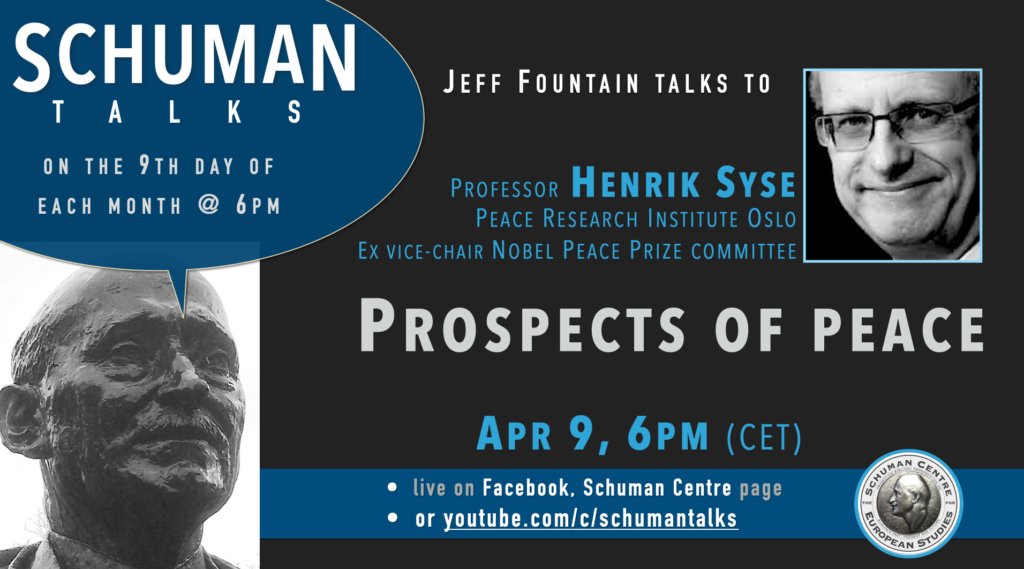
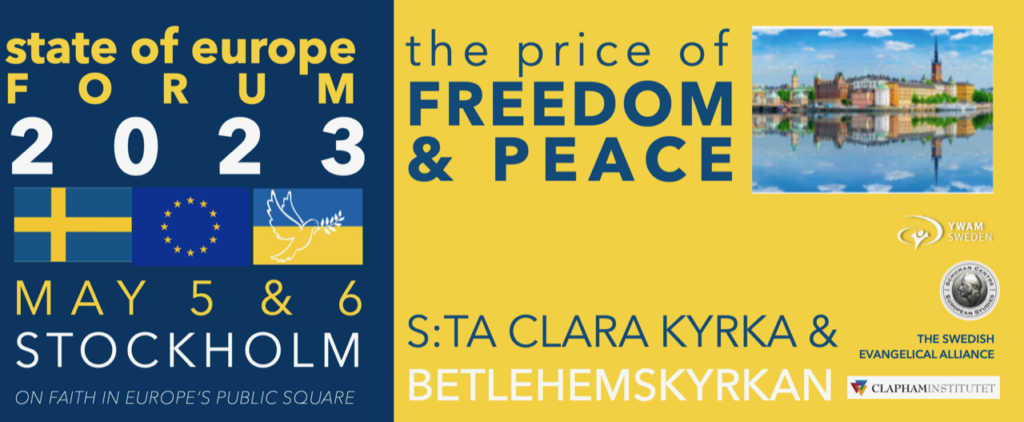
P.S. Join us in Stockholm for the State of Europe Forum, May 5 & 6. See Facebook.com/schuman.centre.
Till next week,

